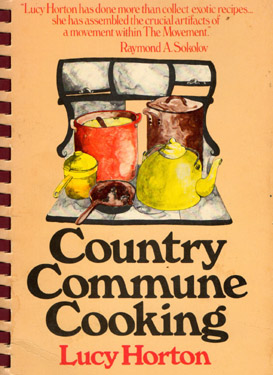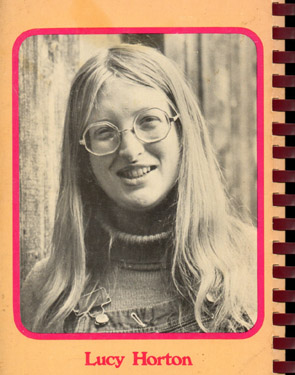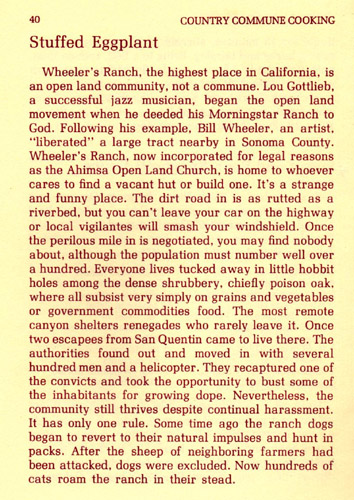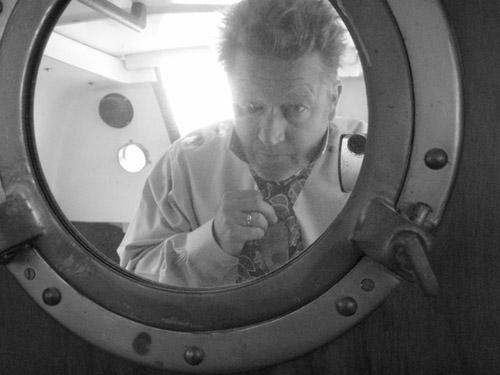
Dr Constable pilots Belle 76 to Weakfish Thoroughfare, Brigantine Bay, 1976.
My first apprenticeship was at the helm of a Boston Whaler, hunting for flounder and weakfish in the back bays of South Jersey with my dad in the summers of the late 1970s. I could pilot a boat years before I had my driver’s license, and still recall my discomfort having to sit at the wheel to drive a car. I was used to standing at a center console for better balance and sight lines, and still prefer a throttle lever to a gas pedal. My dad bought the boat in 1976 and named her Belle 76 after the devastating hurricane of that year. We both took the Coast Guard Auxiliary Seamanship course at a local library the winter before launching, learning our knots, rights of way and the emergency maneuvers appropriate to our vessel, an open hull, center-console 17’ Boston Whaler Sport.
My family has always been mildly obsessed with fishing during summers on the Jersey Shore. Baitcasting from docks and rented skiffs or surfcasting on the beach, we’ve caught our share of snapper, flounder, porgie, sand shark, sea robin, king, tautog and eel, and know well the patterns of our waterways. On special occasions when I was a kid, we’d go for ‘Night Blues’ on an all-night party boat miles offshore. I’d watch the crew grind chum while we motored out- butterfish, mackerel, smelt- the fishy smell mixing with diesel exhaust in a nauseating cocktail I somehow managed to ignore. We’d watch the pre-casino shore lights of Atlantic City fade over the horizon and knew we’d arrived when the captain cut the engines and the crew made a chum slick of ground fish, sprayed over the rails with giant ladles in a greasy soup meant to attract the frenzy-feeding blues.
Into the slick we’d lay our hooks, loosely baited with chunks of the same chumfish, while the boat drifted and bobbed noiselessly in the black ocean swell, waiting for the first strike. Sometimes you’d see shiny flashes of the blues’ broadsides through the slick as they emerged in giant schools from the deep; sometimes they’d be chasing schools of squid, who’d boil to the surface in fear, sometimes darting into the night air. You knew they were starting to strike when you’d sense the frantic quiver of poles bending and hear the whirring chatter of slackened star drags spinning under a load. Most of the fishermen on board were what my Dad called ‘old salts’, so they made not a sound, stoic in their workmanlike chore as the fish flopped on board in waves along the rails. You could barely keep your hook in the water as the bluefish piled on board, filling trash cans, laundry bags and coolers to the very brim. For the majority on the boat, a good catch meant food for the family in the freezer. We’d fillet a few of the brightest from our catch, but you can only eat so much bluefish, especially the big ones, whose flesh is dark, greasy and gamy, so we’d give most away.
We ‘went for blues’ offshore several times in our Whaler, but without electronics on board or proper trolling gear, never had much luck finding the migrating schools. Mostly we were content to poke around the back bays of Brigantine and along the inland waterway drifting and jigging bucktail for flounder while hoping to hook the elusive weakfish. After a couple of summers voyaging and fishing with my dad, I earned the privilege of taking the boat out on my own, and loved taking friends and family out to our favorite fishing grounds, even if just for fun. I began to dream of an extended cruise down the inland waterway, and planned alterations to the Whaler to accommodate camp cruising. The only one I realized was also my first real wood-working project, a mahogany windscreen to shield the pilot in a headwind or foul weather. I had plans for a canvas canopy to attach to this, and for a folding ‘boom’ to support a sleeping tent, but my need for a summer job to make money for college soon trumped my boyhood dreams, and we sold the boat after a summer of its barely being used. I shifted from catching fish to cooking it, working several consecutive summers as a line cook at the island’s popular seafood restaurant into my early twenties.
Still, I’m grateful to have found wood-working through an apprenticeship in fishing and cruising with my dad, and will always pull from my training in piloting and seamanship. And I still make a mean fried fish.



















